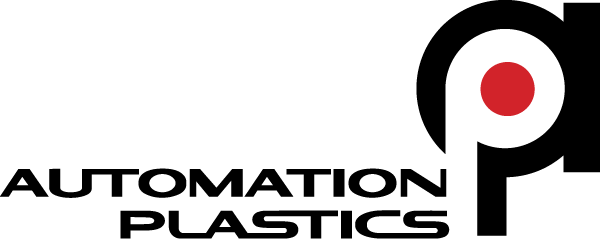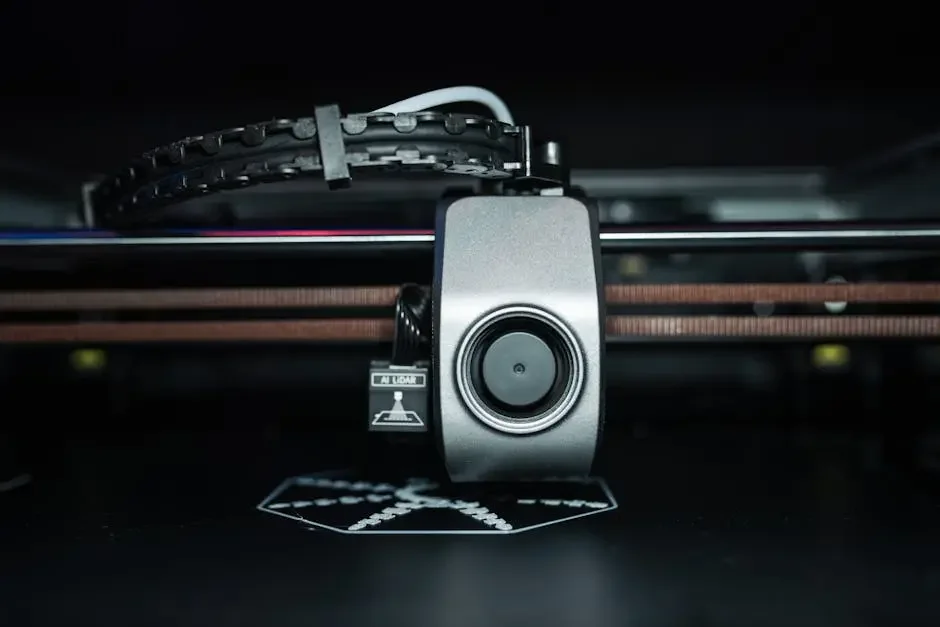How Does Advanced Molding Enhance Product Precision?
Advanced molding technology is revolutionizing the way products are designed and manufactured. By using cutting-edge techniques, manufacturers can achieve extraordinary levels of precision in their products. In this blog, we will explore how advanced molding enhances product precision and the key factors that contribute to this improvement.
Understanding Advanced Molding Techniques
Advanced molding techniques involve the use of sophisticated machines and processes that allow for finer detail and accuracy in product design.
At the heart of advanced molding is the integration of technology such as 3D printing and CNC machining. These methods streamline the production process, significantly enhancing the precision of molded parts.
For instance, precise temperature control during the molding process ensures that materials flow seamlessly into molds, reducing the likelihood of defects. This meticulous attention to detail ensures that even the most complex designs can be accurately produced.
Moreover, the ability to produce components in high volumes without sacrificing quality is a tremendous advantage. This scalability is vital for industries that require both precision and efficiency, such as aerospace and automotive.
The Role of Material Selection
Choosing the right materials is crucial in advanced molding, as it affects the overall strength, durability, and precision of the final product.
Materials like thermoplastics and reinforced composites are often favored because they can withstand rigorous demands while maintaining dimensional accuracy. Understanding the properties of these materials outshines traditional methods.
Furthermore, innovative material blends can enhance the performance characteristics of molded parts. By selecting materials that are specifically designed for high-precision applications, manufacturers can meet the rising standards expected in today's market.
It's fascinating to note that bioplastics and other environmentally-friendly materials are being incorporated into advanced molding processes. This shift not only addresses sustainability concerns but also opens opportunities for creating precise products that appeal to conscious consumers.
Optimizing Designs for Enhanced Precision
Incorporating design optimization techniques, such as CAD software, can significantly improve how accurately a product is molded.
Good design practice dictates that models must be created with manufacturability in mind, which helps avoid common pitfalls during the molding process. For instance, streamlining complex geometries ensures that every detail can be reproduced consistently.
Additionally, simulation software allows engineers to visualize potential issues before production begins, such as material flow patterns or temperature distributions. This proactive approach is instrumental in fine-tuning designs for ultimate precision.
In essence, a well-optimized design directly translates to enhanced product performance. It allows manufacturers to push boundaries while achieving high-quality standards more efficiently.
Quality Control in Advanced Molding Processes
Implementing stringent quality control measures ensures that products manufactured through advanced molding meet precision standards consistently.
Quality assurance isn't merely a final check; it begins during the design phase and continues throughout the production process. Regular inspections and testing phases utilize advanced analytical tools, which help identify anomalies and ensure utmost accuracy.
Moreover, integrating automated systems for quality control, such as vision systems that use cameras to inspect parts in real time, greatly enhances the reliability of the molding process. These innovations underscore the commitment to maintaining high precision standards.
Finally, the feedback loop created through quality control allows designers to learn from each production run, continuously refining their processes and enhancing product precision in future batches.
Future Trends in Advanced Molding
As technology progresses, new advancements in molding are expected to further enhance product precision, opening new doors for innovation in manufacturing.
Emerging trends, such as the use of artificial intelligence in design and manufacturing processes, are anticipated to drastically improve efficiency and accuracy. AI can analyze historical data to predict potential problems, leading to preemptive adjustments that enhance precision.
Additionally, advancements in material science are driving the development of new substances that perform better and offer greater flexibility for complex molds. This evolution in resources is pivotal for achieving unprecedented levels of detail.
In summary, the future of advanced molding looks bright, and those who embrace these changes will remain at the forefront of precision engineering. As we navigate this evolving landscape, being adaptable and proactive will be key to leveraging the full potential of advanced molding.
Final Thoughts on Advanced Molding and Precision
In conclusion, advanced molding is not just a manufacturing method; it's a game changer for product precision. By utilizing state-of-the-art techniques, precise material selection, and innovative design approaches, manufacturers can create products that meet the highest standards of quality and accuracy.

